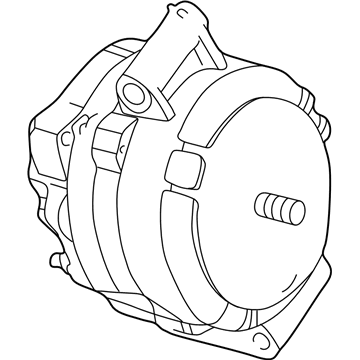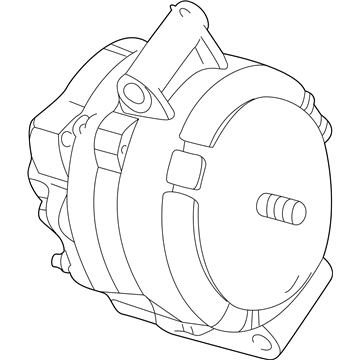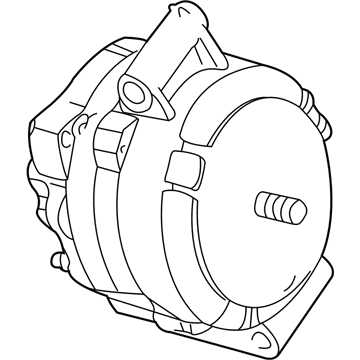FordParts
My Garage
My Account
Cart
OEM 2005 Ford Escape Alternator
Generator- Select Vehicle by Model
- Select Vehicle by VIN
Select Vehicle by Model
orMake
Model
Year
Select Vehicle by VIN
For the most accurate results, select vehicle by your VIN (Vehicle Identification Number).
3 Alternators found
2005 Ford Escape Alternator Part Number: 6L8Z-10346-BARM
Product Specifications- Other Name: Re-Manufactured Alternator Assembly
- Replaces: GL-682-RM, GL-8810-RM, 6L8Z-10346-CCRM, 6L8Z-10346-CBRM1
- Item Weight: 16.30 Pounds
- Condition: New
- Fitment Type: Direct Replacement
- SKU: 6L8Z-10346-BARM
- Warranty: This genuine part is guaranteed by Ford's factory warranty.
2005 Ford Escape Alternator Part Number: 6L8Z-10346-ADRM
$218.36 MSRP: $347.27You Save: $128.91 (38%)Product Specifications- Other Name: Re-Manufactured Alternator Assembly
- Replaces: 6L8Z-10346-LA, GL-8868-RM, GL-681, 6L8Z-10346-BB, GL-681-RM, 6L8Z-10346-AARM, 6L8Z-10346-BBRM1, 6L8Z-10346-BCRM, GL-8809-RM
- Condition: New
- Fitment Type: Direct Replacement
- SKU: 6L8Z-10346-ADRM
- Warranty: This genuine part is guaranteed by Ford's factory warranty.
2005 Ford Escape Alternator Part Number: 4U2Z-10V346-DERM
$167.80 MSRP: $265.45You Save: $97.65 (37%)Product Specifications- Other Name: Re-Manufactured Alternator Assembly
- Replaces: 6L8Z-10346-BDRM, 6L8Z-10V346-ABRM, 6L8Z-10346-AB, 6L8Z-10V346-ACRM, 6L8Z-10346-ABRM2, 6L8Z-10346-ACRM, GL-8870-RM, GLV-8618-RM, GL-680, GLV-8775-RM, 4U2Z-10V346-ADRM, GLV-8733-RM, 6L8Z-10346-BFRM, GL-9021-RM, GL-8808-RM, GL-938-RM
- Condition: New
- Fitment Type: Direct Replacement
- SKU: 4U2Z-10V346-DERM
- Warranty: This genuine part is guaranteed by Ford's factory warranty.
2005 Ford Escape Alternator
If you're seeking quality and affordability, look no further than our extensive inventory of genuine 2005 Ford Escape Alternator available at FordPartsDeal.com. You can confidently purchase our OEM 2005 Ford Escape Alternator as they are supported by the manufacturer's warranty and our hassle-free return policy, alongside the benefit of our fast delivery service.
2005 Ford Escape Alternator Parts Q&A
- Q: How to service the alternator on 2005 Ford Escape?A: To maintain the alternator, make sure that the car is in neutral position and also on a hoist. Disconnect the battery, the accessory drive belt and the generator. Take out the low air duct, generator shield and the bolts. Install all parts rereadily and tighten to recommended torque values and repeat the steps in the order of removal.









